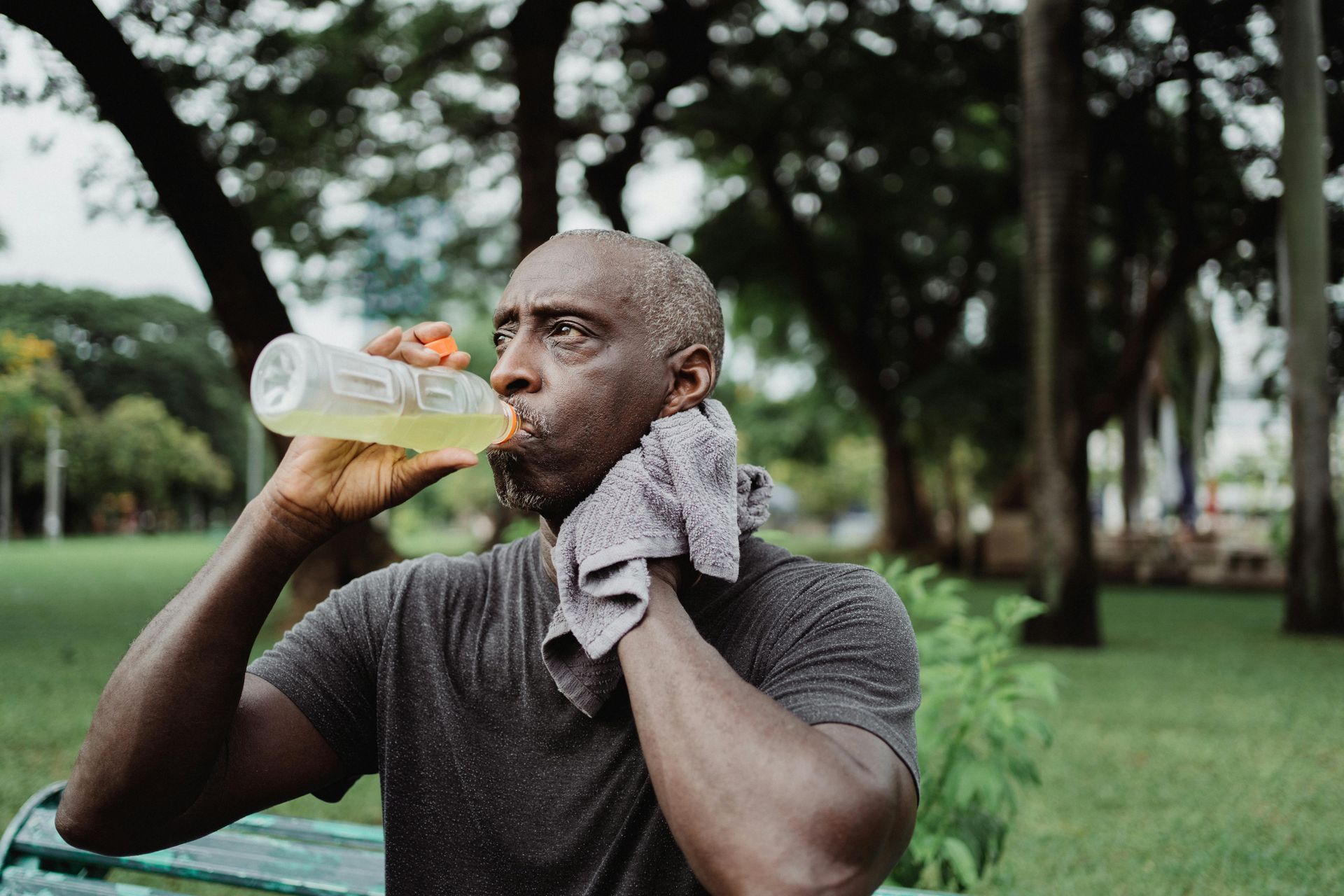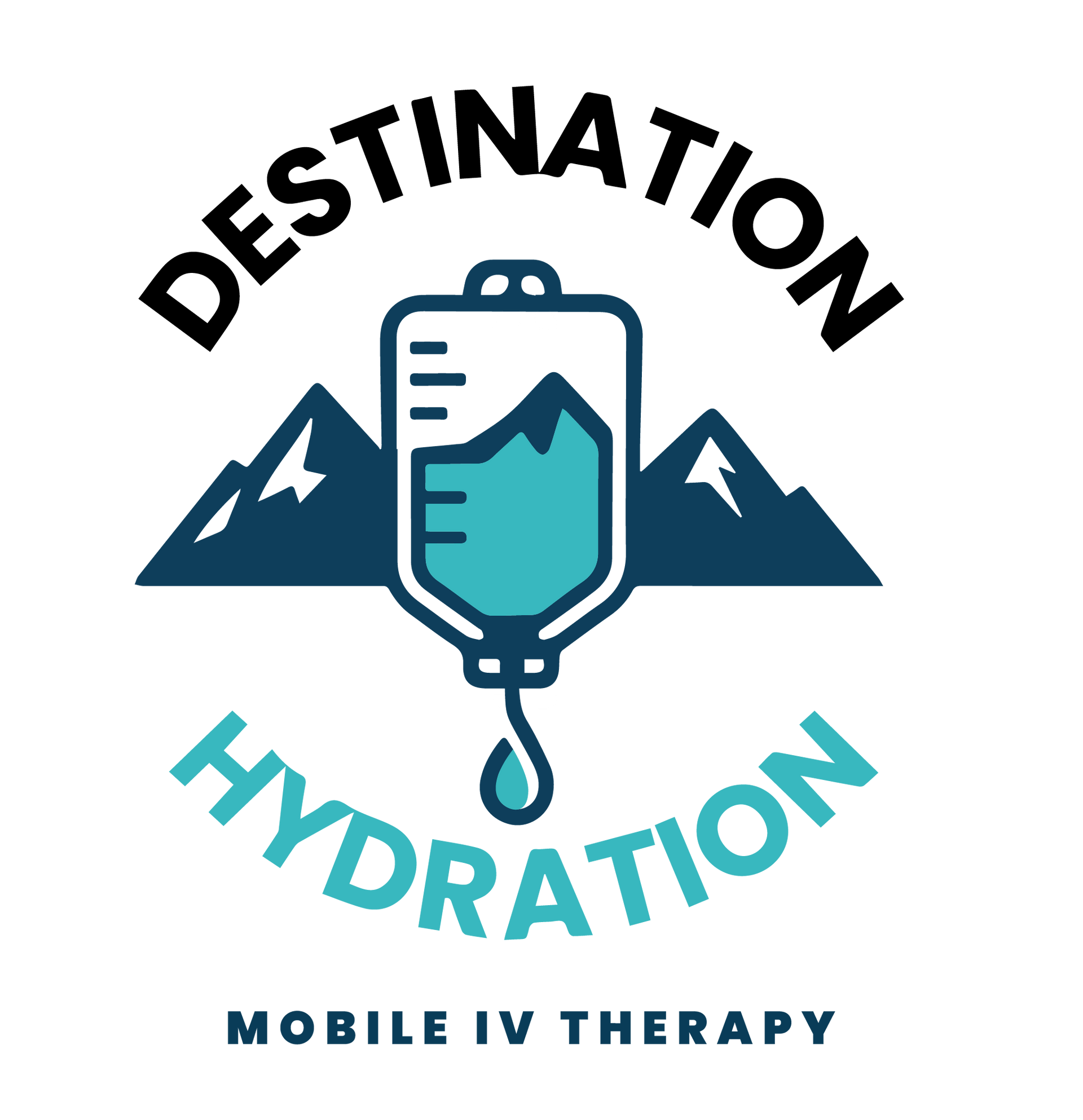Does IV Therapy Work? Examining the Science and Benefits
Does IV therapy work as effectively as providers claim, or is it simply another wellness trend without substantial backing? This question has become increasingly relevant as IV hydration services have gained popularity across the United States. With more people seeking quick solutions for dehydration, fatigue, and nutrient deficiencies, understanding the evidence behind IV vitamin therapy is essential for making informed health decisions.
IV therapy involves delivering fluids, vitamins, minerals, and electrolytes directly into the bloodstream through an IV line. Unlike oral supplements, which must pass through the digestive system, intravenous infusion allows for immediate absorption and utilization by the body. This fundamental difference forms the basis of why many healthcare professionals and patients believe in its effectiveness. Mobile IV services bring this treatment directly to your location for maximum convenience.
What Is IV Therapy and How Does It Function?
IV therapy is a medical treatment that delivers fluids, vitamins, minerals, and medications directly into the bloodstream through an intravenous catheter, bypassing the digestive system for immediate absorption and therapeutic effect.
The process begins when a trained healthcare professional inserts a small catheter into a blood vessel, typically in the arm. This IV line connects to IV bags containing saline solution or crystalloid solutions mixed with specific nutrients. An electronic pump or gravity controls the flow rate, ensuring safe and precise delivery over a period ranging from 30 minutes to several hours.
The two most common base solutions are Normal Saline and Lactated Ringer's, which provide hydration while maintaining proper electrolyte imbalances. To these base fluids, providers add various combinations of vitamin C, B vitamins, amino acids, and antioxidant supplements based on individual patient needs and treatment goals.
The Science Behind IV Therapy Effectiveness
The primary advantage of IV vitamin therapy lies in its bioavailability. When you take oral supplements, your digestive system absorbs only a fraction of the nutrients—sometimes as little as 20-30%. Factors like stomach acid, digestive enzymes, and existing medical conditions further reduce absorption rates.
Intravenous Fluids deliver 100% of the nutrients directly to your cells, completely bypassing digestive limitations. This makes IV therapy particularly valuable for people with nutrient deficiencies or conditions affecting gut absorption. For patients experiencing severe dehydration, the rapid rehydration achieved through IV drips can prevent serious complications that oral rehydration cannot address quickly enough.
Research published by Harvard Health Publishing acknowledges that IV hydration effectively treats acute dehydration and delivers medications in medical settings. However, the organization notes that evidence supporting wellness-focused IV vitamin therapies remains limited. The Food and Drug Administration regulates IV fluids and equipment but does not specifically approve IV therapy for general wellness purposes, as these treatments fall under medical practice rather than drug approval.
What Conditions Does IV Therapy Address?
Healthcare professionals use IV therapy extensively in medical settings to treat various illnesses and conditions. In hospitals, IV lines are essential for delivering cancer drugs, antibiotics to fight infection, and fluids to patients who cannot eat or drink. During radiation therapy or medical treatments that cause severe nausea, IV fluids prevent dangerous fluid overload while maintaining proper hydration.
Beyond traditional medical applications, wellness-focused providers offer IV therapy for fatigue, dehydration from exercise or alcohol consumption, immune system support, and energy levels enhancement. The popular Myers' Cocktail, developed at the Nasseri Clinic of Arthritic and Rheumatic Diseases, combines vitamin C, B vitamins, calcium, and magnesium to address fibromyalgia and chronic fatigue symptoms. Professional providers create customized IV drip packages tailored to individual wellness goals.

Athletes frequently use hydration services to accelerate recovery after intense training. The combination of fluids, electrolytes, and amino acids helps restore what the body loses through sweat while supporting cellular regeneration. During flu season, people turn to immune-boosting IV treatments containing high doses of vitamin C and other nutrients to strengthen immune function.
Evaluating the Evidence and Claims
While IV therapy unquestionably works for specific medical purposes, the evidence supporting many wellness claims varies considerably. Medical literature strongly supports IV therapy for treating dehydration, delivering medications, and providing nutrition to patients who cannot consume food orally. These applications have decades of proven effectiveness in health care settings.
However, limited evidence exists for claims that routine IV therapy enhances wellness in healthy individuals. Some studies suggest potential benefits for specific populations, but rigorous clinical trials examining vitamin IV therapies for general wellness remain scarce. Critics argue that healthy people with adequate nutrition gain minimal benefit from vitamin treatment beyond what a placebo effect might provide.
The body tightly regulates vitamin and mineral levels, excreting excess amounts through urine. This means that flooding the system with high doses of water-soluble vitamins may not provide lasting benefits unless an actual deficiency exists. Fat-soluble vitamins can accumulate to toxic levels, presenting potential risks if administered excessively.
Healthcare professionals at reputable med spa locations and mobile IV services acknowledge these limitations while pointing to patient testimonials and observed improvements. Many people report feeling noticeably better after treatment, experiencing increased energy, improved mental clarity, and faster recovery from illness or exertion.
Understanding Risks and Safety Considerations
Like any medical treatment, IV therapy carries certain risks that patients should understand. The most common complications include bruising, discomfort at the insertion site, and superficial thrombophlebitis—inflammation of the vein. More serious but rare complications include infection, fluid overload in people with certain medical conditions, and allergic reactions to ingredients.
The nature of intravenous infusion means nutrients bypass normal regulatory mechanisms that prevent excessive intake. Without proper screening and appropriate doses, treatments could cause electrolyte imbalances or organ damage. This is why working with trained healthcare professionals who understand proper prescriptions and can monitor for adverse reactions is crucial.
Quality IV therapy providers conduct health assessments before treatment, review medical history, and adjust formulations accordingly. They use sterile equipment, follow proper insertion techniques, and monitor patients throughout the treatment. The risk of complications increases significantly when treatments are administered by inadequately trained staff or in non-sterile environments. Reputable services ensure registered nurses or paramedics administer treatments safely at your chosen location.
Choosing Quality Providers and Managing Costs
The effectiveness and safety of IV therapy depend heavily on who administers the treatment. Specialists such as registered nurses, paramedics, and physicians have the training necessary to insert IV lines properly and recognize potential complications. Reputable providers maintain medical-grade standards even when offering services outside traditional health care settings.
Before scheduling IV therapy, verify that providers employ licensed healthcare professionals, use FDA-approved equipment and ingredients, conduct pre-treatment health assessments, maintain sterile conditions, and can provide appropriate medical care if complications arise. Asking about staff credentials and safety protocols demonstrates smart consumer awareness.
Costs for IV therapy typically range from $100 to $400 per treatment, depending on the formulation complexity and whether the service comes to your location. Most insurance plans do not cover IV therapy for wellness purposes, though coverage may apply when treatments address specific medical conditions under a doctor's care. Some providers offer package deals or membership programs that reduce per-session prices.
Making an Informed Decision About IV Therapy
So, does IV therapy work? The answer depends on your specific situation and expectations. For treating acute dehydration, delivering necessary medications, or addressing documented nutrient deficiencies, IV therapy offers proven effectiveness that oral alternatives cannot match. The direct delivery of fluids and nutrients to the bloodstream provides rapid results that can be life-saving in medical emergencies.
For general wellness in healthy individuals, the evidence becomes less clear. While many people experience subjective improvements in how they feel, scientific studies have not consistently demonstrated benefits beyond what proper nutrition, hydration through drinking water, and adequate rest provide. The treatment's effectiveness may vary based on individual health status, specific nutrient needs, and lifestyle factors.
If you're considering IV therapy, consult with qualified healthcare professionals who can assess whether treatment aligns with your health goals. Discuss your medical history, current conditions, and medications to ensure safety. Understanding both the potential benefits and limitations allows you to make decisions that genuinely support your wellness journey rather than following trends without substance. You can easily schedule an appointment to discuss your specific needs with experienced providers.
For residents in Montana seeking professional IV therapy services, mobile options provide convenient access to treatments administered by experienced medical staff. Whether recovering from illness, preparing for athletic events, or addressing specific health concerns, qualified providers can create customized treatment plans that maximize potential benefits while minimizing risks.
The key to successful IV therapy lies not in viewing it as a miracle cure but as one tool among many for supporting health and wellness. When used appropriately, for the right reasons, and administered by trained specialists, IV therapy can indeed work effectively—delivering tangible benefits that help people feel and function at their best.







